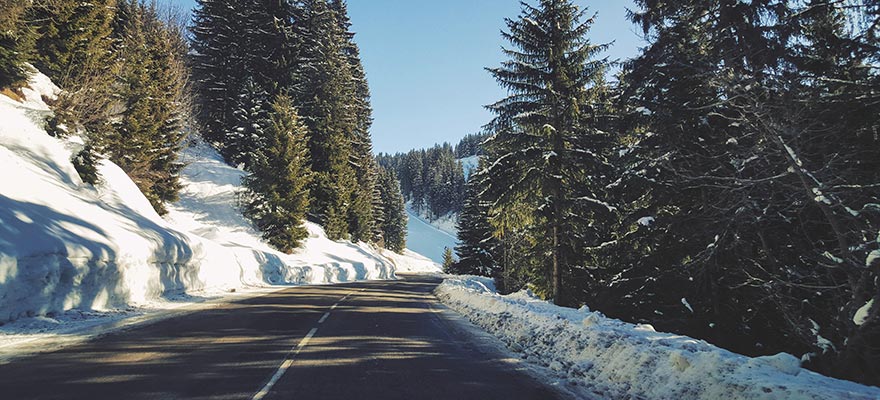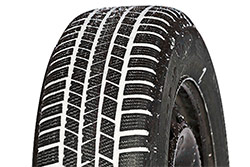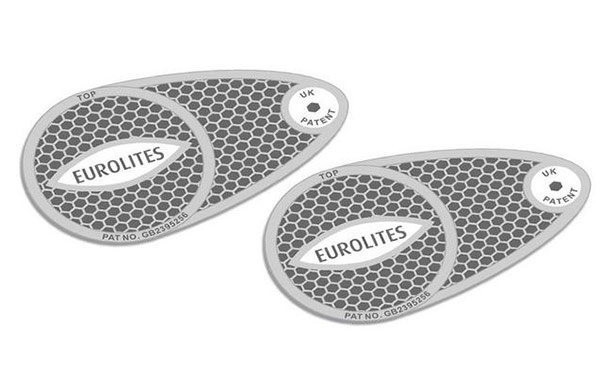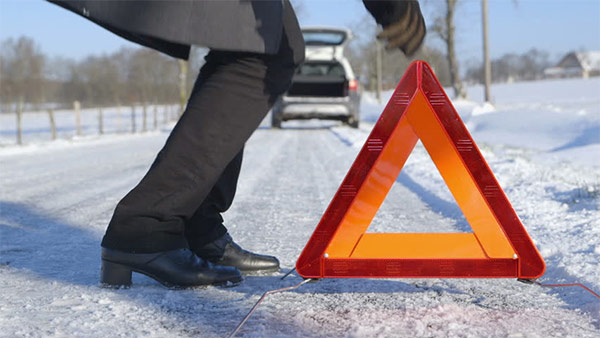How to Prepare Your Car For Driving to the Alps

Driving to ski resorts in the alps is becoming increasingly popular, and for very good reasons. It minimises your impact on the environment in comparison to flying, gives you more flexibility once at your chosen resort, quite often works out cheaper than flying and crucially during the 2020/2021 winter season, prevents contact with others.
The family's skis are strapped to the roof, the boot is rammed with gear, and the kids are playing up before you've even left the driveway. Wonderful. Driving to a ski resort is more straightforward than you may first think, but without preparing your vehicle, you can easily find yourself in trouble the first time you embark on the 1200 mile round journey to the Alps. It really is worth spending just a small amount of time making sure your car is ready for the journey ahead. Here's what you need to sort before setting off...
![]()
How to Prepare Your Car For Driving to the Alps in Winter
Ensure Your Fluid Levels are Correct
Making sure your car's fluid levels are correct should be standard procedure before any road trip at any time of year, but is especially important before undertaking a trip to the Alps, when prolonged periods in sub-zero temperatures are inevitable. An engine without enough antifreeze in the coolant can result in a very expensive repair bill if it freezes up. Long stretches of autoroute are unforgiving if you have a breakdown and carry the added stress of being in a different country, not to mention the frustration of wanting to reach resort!
- Engine oil - your oil should be between the markers on your dipstick - top up if necessary
- Coolant - should be between min and max levels, and have a good mix of fresh anti-freeze. Make sure you use the same colour as what is already in your vehicle
- Screen wash - top right up with a screen wash that contains antifreeze. Carry a spare bottle of it in the car
- Brake fluid/clutch fluid/power steering - top up if necessary
- Give locks a quick spray with some WD-40 to stop them freezing up
![]()
Fit Winter Tyres

Though not compulsory, fitting winter tyres is a wise choice. The rubber compound of winter tyres is resistant to cold temperatures, so continues to provide grip when the mercury plummets, unlike regular tyres which are susceptible to hardening and losing traction. Winter tyres also feature a deeper and more flexible tread pattern to further improve grip and stopping distances.
Carry Snow Chains (and know how/when to fit them)
Carrying snow chains is compulsory in most mountainous regions in Europe during the winter months. You should only use them when the road is covered in snow or ice, but if you're involved in an accident on snow when not using them, you could be considered liable by default, voiding your insurance. They should be removed as soon as you return to bare tarmac or you risk causing damage to your vehicle, your tyres, and the road.
Before you make the journey, make sure that you are familiar with how to set them up. The last thing you want to do is be fiddling about, unsure of how to attach the chains halfway up a mountain road.
![]()
Fit Headlight Converters

Headlight beams are angled to avoid dazzling oncoming traffic on the other side of the road. In the UK, this means they're dipped to the left, but in Europe, as they drive on the right hand side, your headlights need to be dipped the other way. Headlight conversion kits are inexpensive and easy to fit but essential - not fitting them to right hand drive vehicles is an on-the-spot fine. Converters simply stick on to your existing headlight lens to block out the offending beam pattern.
![]()
Carry a European Driving Kit

It is compulsory for you to carry certain items in your car across many European countries including France. Kits are available from most major auto retailers and include:
- A reflective jacket or waistcoat - this must be accessible from inside your car, and not stored in the boot
- A warning triangle
- A 'GB' sticker or magnet on the vehicle if you do not have Euro (blue badged) number plates
It is recommended that you also carry:
- A fire extinguisher
- A breathalyser
- A portable or folding snow shovel
![]()
Cover Your Back
Whilst not always as standard, the vast majority of fully comprehensive car insurance policies will cover you throughout the EU, but it's always worth double checking your policy or contacting your insurer first.
We strongly advise you take out European breakdown cover in case of emergency mechanicals. Most major breakdown providers offer an EU coverage add-on for relatively little.
With that all covered, you’re ready to go. Once you arrive in Calais, you are only around 8 - 9 hours away from most alpine resorts. As your anticipation and excitement in the car builds and with the miles ticking away, you’ll be at the slopes before you know it.
|
|
About the Author:Mike Humphreys - Online ContentMike is a keen cyclist, snowboarder, hill walker and Land Rover tinkerer. He has travelled extensively, spending a year living out of a van in New Zealand before joining Ellis Brigham four years ago. Can usually be found walking his dogs or tortoises. |






